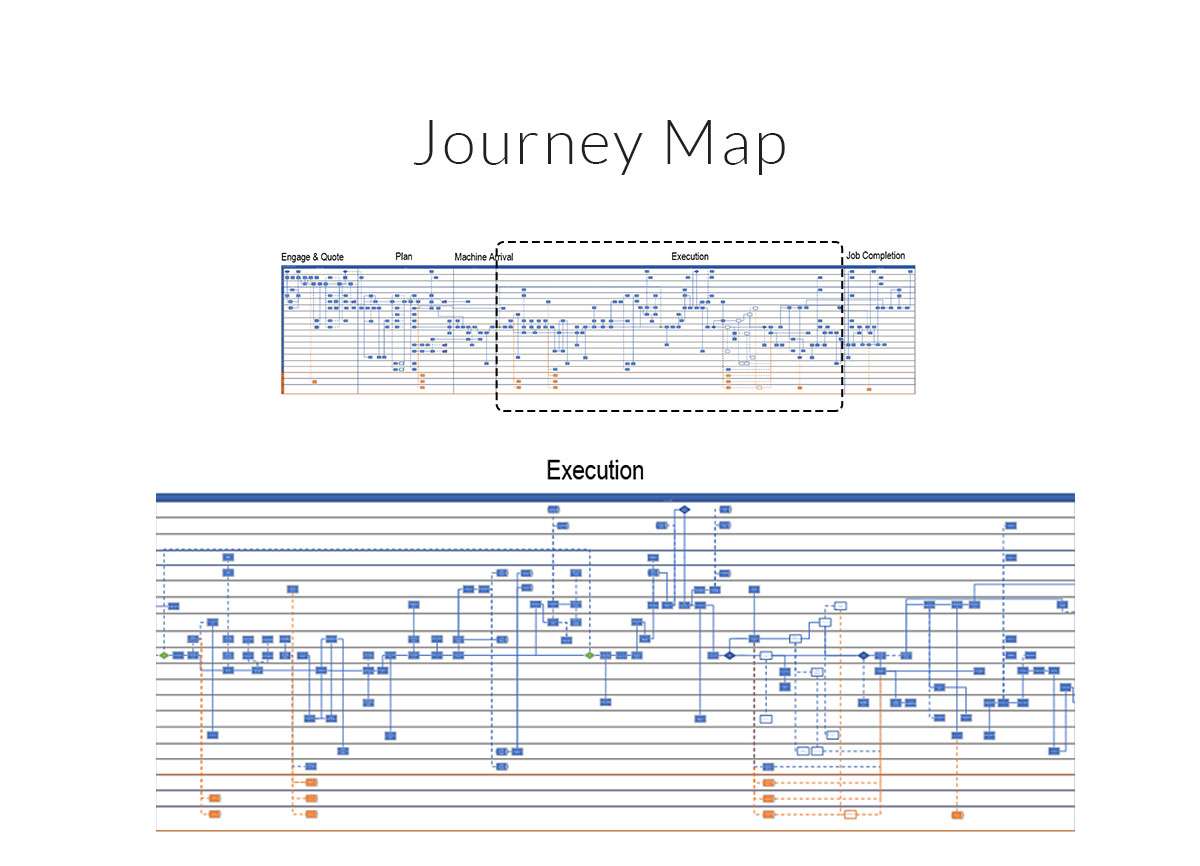The Challenge
Hastings Deering service operations have specific workflows for delivery. As the company evolve, the technology have lagged behind forcing workshop teams to adapte and diverge. These fractures in workflows and technology meant that our employees had to do duplicate work across multiple systems and apps, wasting time and resources. Whenever they switched between apps, they were met with different reading experience and giving them an inconsistent experience with our brand.
Our digital transformation team has put forward a scalable unified platform solution. Adopting this solution enables delivering high value to the business operations by providing employees with role based utilitarian tools that assist them in their day to day operations.
The project will work alongside the unified platform program to integrate all the operation apps into one seamless experience, enhancing workflows.
The unified platform provides a rich API layer allowing integration with third party systems easily and enabling scaling of applications throughout Hastings Deering. With this significant step forward, data duplication is minimised, time to market is significantly improved, development and operation costs are reduced and user needs are met
Applications to be unified
- ServiceOps Stage 1 (Rolled Out)
- ServiceOps Enhancement (In Progress)
- inSales (Queue)
- inParts (Queue)















